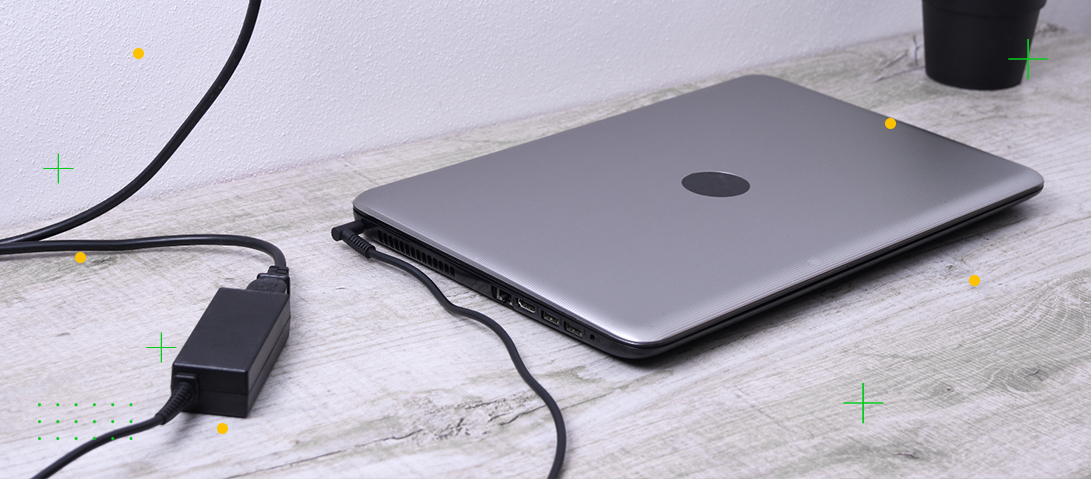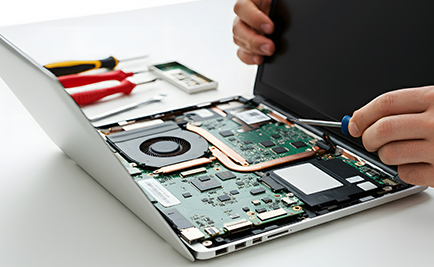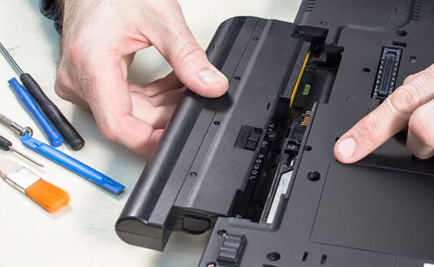Is your laptop not charging properly? This common problem can have multiple causes, from charger wear to internal malfunctions. Here's a structured guide to possible reasons and suitable solutions.
Worn or faulty laptop charger
Chargers can become damaged over time, due to repeated creasing of the cord or other factors associated with daily wear and tear. Check the condition of your adapter regularly and replace it if necessary.
Underpowered or incompatible charger
A charger that doesn't deliver enough power may not be able to charge the battery while powering the computer. This often happens with universal chargers or long-life batteries. Make sure that the power specifications match between your device, battery and charger.
Faulty laptop power socket
One of the most common causes of malfunction is a worn power plug. If you have to fiddle with the cord to get a connection, it's probably time to replace the plug. A simple repair with the right tools can solve this problem.
Incorrect reboot after installation of a new battery
Some laptops require a complete reboot to recognize a new battery. Make sure you switch off the device rather than simply putting it into standby or hibernation after installation.
Battery depleted to zero percent
A completely drained battery may not have enough energy to restart. In this case, it may be beyond repair and require replacement.
Battery not fully charged before first use
A new battery must be properly conditioned to reach its full capacity. Charge it fully, then use it up to 20% before recharging. Repeat this cycle five times to optimize performance.
Recent upgrade to a new version of Windows
Upgrading to a new version of Windows may cause compatibility problems between the battery and the computer. Make sure all drivers and battery management software are up to date.
Incorrect calibration of battery management software
Even when the battery is fully charged, an inaccurate power indicator may show incorrect levels. This often happens with long-life batteries. Consider recalibrating your battery management software.
Faulty motherboard recharge circuit
Although rare, a problem with the motherboard recharging circuit may prevent the battery from charging. In this case, you'll need to replace the motherboard.
Laptop charging problems can range from simple causes, such as a faulty charger, to more complex malfunctions, such as a faulty motherboard. Identifying the cause quickly will enable you to adopt the most appropriate solution to extend the life of your device.

 ES
ES
 DE
DE
 FR
FR
 IT
IT



